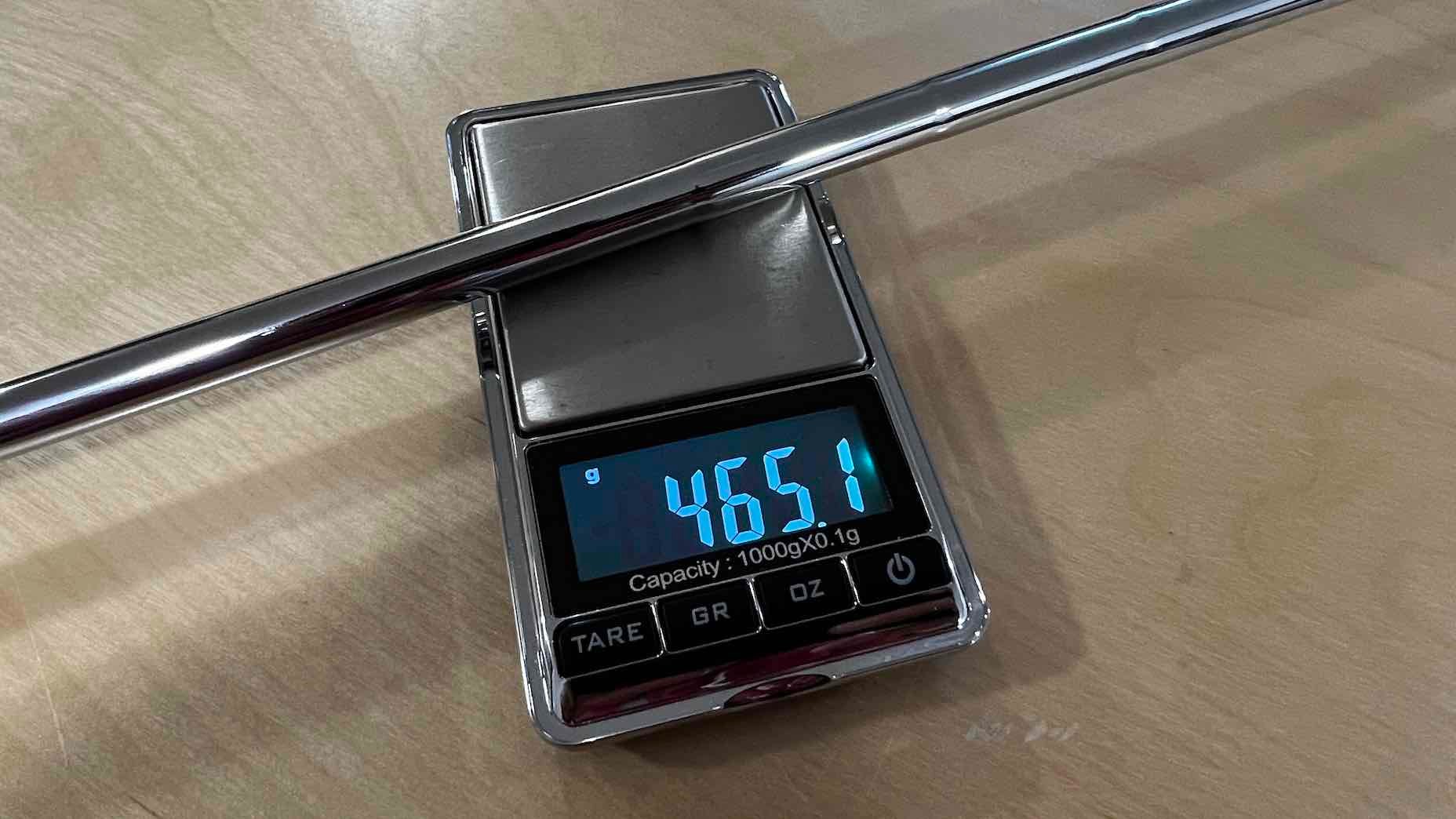Golf club specs can play a crucial role in allowing a golfer to make the most natural and athletic movement during the golf swing. Having the right specs not only makes the game easier but can also prevent injury by reducing excess stress created when a golf club forces your body into unnatural positions.
One of the most important specs that can cause injuries to golfers at all skill levels, especially with juniors and beginners is club weight (total mass) and these are the top signs your clubs are too heavy for you.
The Premier Club Fitting Experience
Overly long backswing
Although it might work for John Daly, one of the easiest ways to tell if your clubs are too heavy (and likely too long) is an uncontrollable, overly long backswing.
This is most notable in junior golfers who are just learning the game and have likely been given a set of hand-me-down clubs that are too heavy. With the golf club gaining momentum in the backswing, it can be very difficult to create the force required to change direction and this can put a lot of extra stress on the wrists and back.
A lighter club can quickly and easily remedy this issue and prevent injury down the line.
An inside takeaway
The second sign of a golf club being too heavy is the player pulling the club inside and under the natural path. This is caused because the golfer doesn’t have the strength to resist the force created by the mass of the club gaining momentum.
This inside take most often causes a loop at the top of the swing, because the player is further trying to reroute the club into a proper position at the top and this results in a steep attack into the ball and in most cases a fade. Another thing to note is that it is much harder to close the club face with a heavier club which is why you see so many moderate and lower swing speed players fade or slice the ball.
Excess movement on the follow-through
With the golf club carrying the most amount of force when it reaches its fastest speed at and just past impact, the body has to resist that force to prevent falling over and losing control.
This resisting force puts the most amount of stress on the shoulders and lower back, as well as the legs, and when a club is too heavy for the individual golfer it creates excess stress on these muscle groups.
One of the most noticeable examples of this can be found in LPGA tour player Paula Creamer’s golf swing and the amount of sway past the ball in her follow-through.
If this is not corrected early on in the learning process, this movement can become permanent which is why making sure any golfer, especially beginners have the right clubs from the start can make the game easier, and much more enjoyable.
Want to overhaul your bag? Find a fitting location near you at True Spec Golf.
